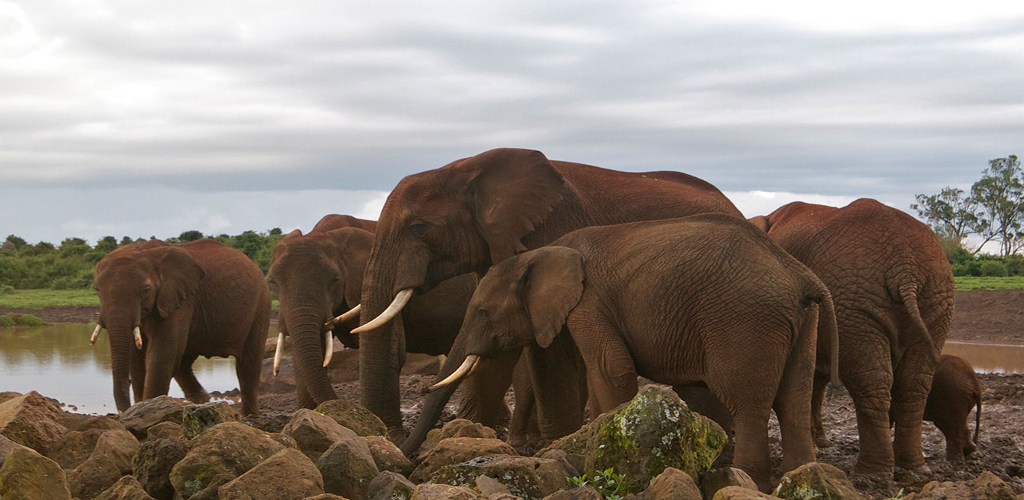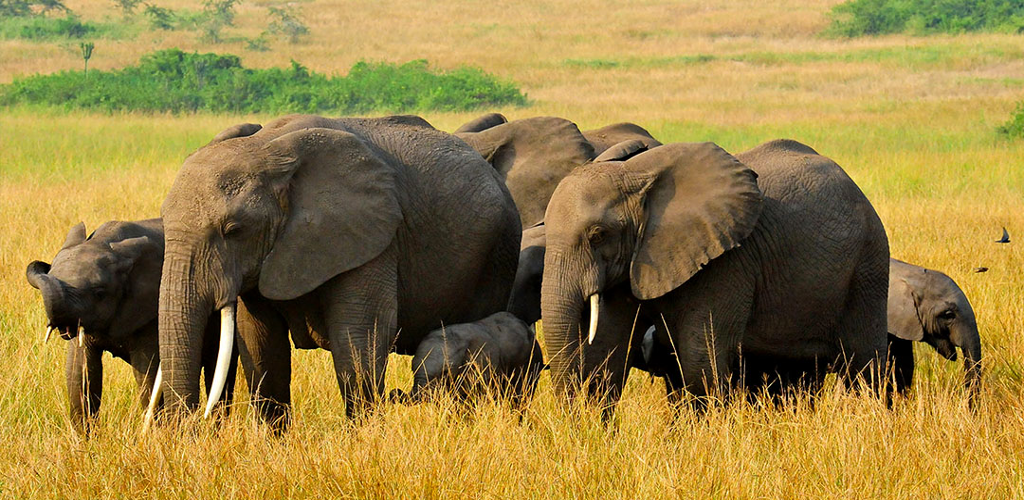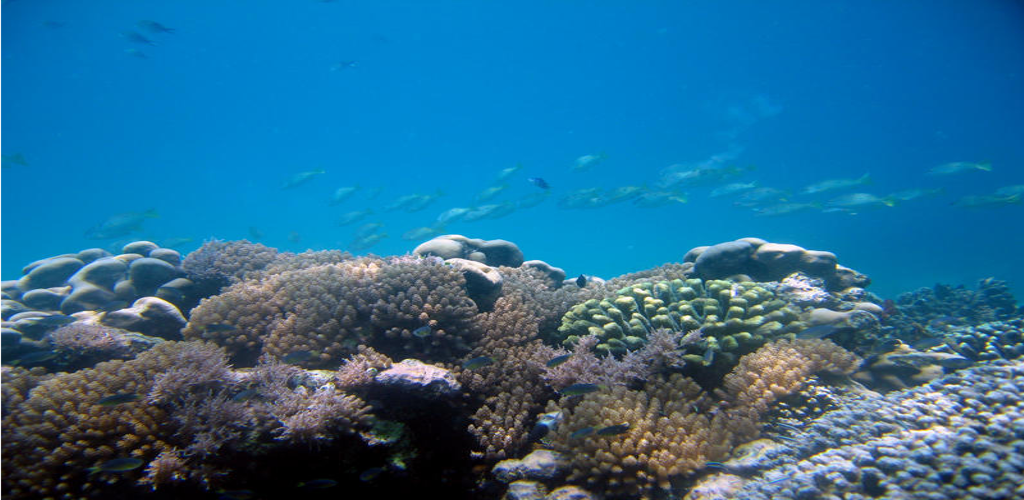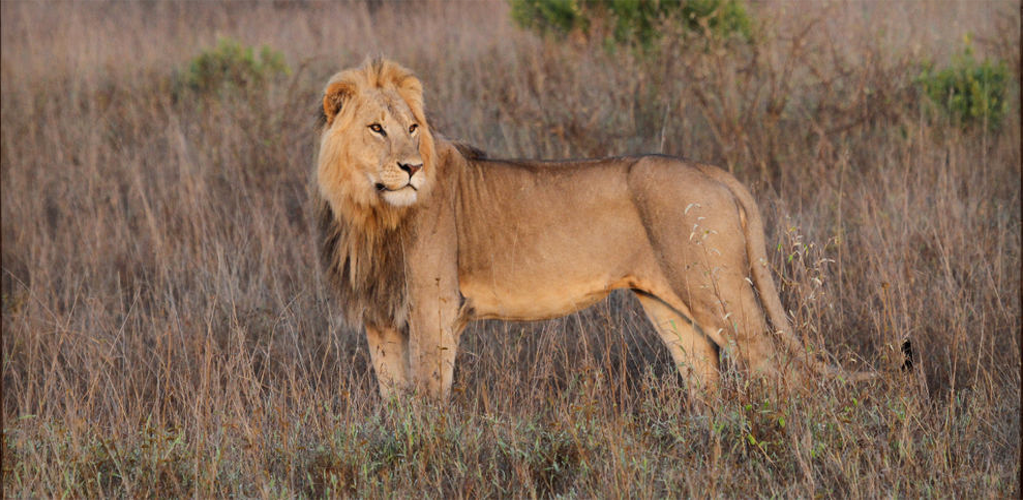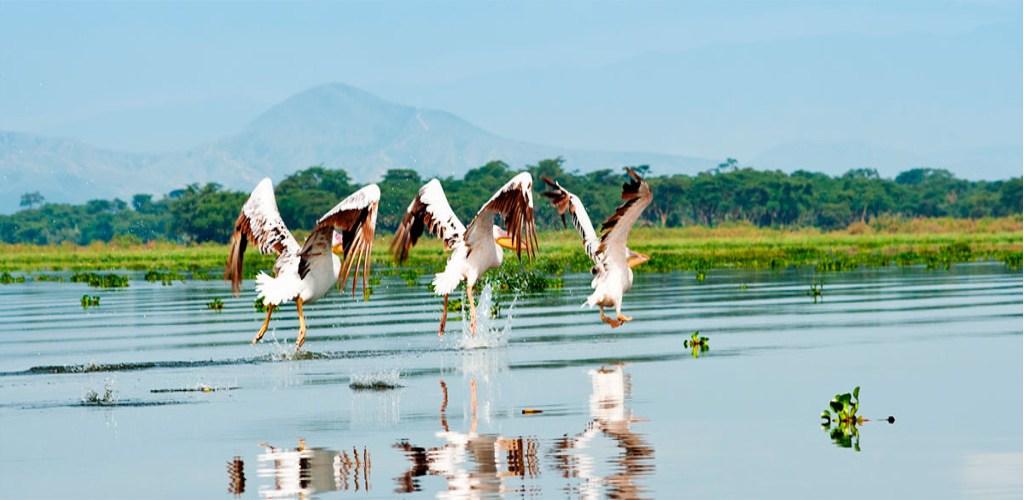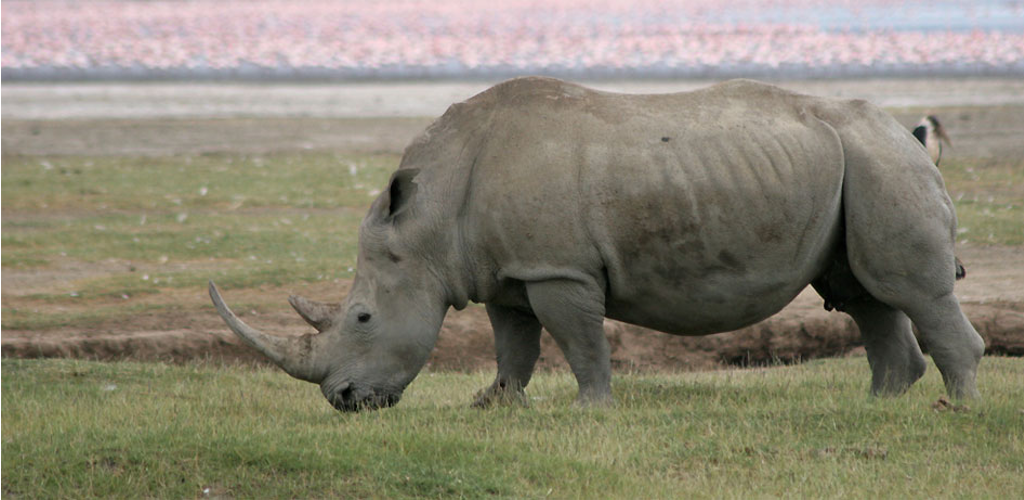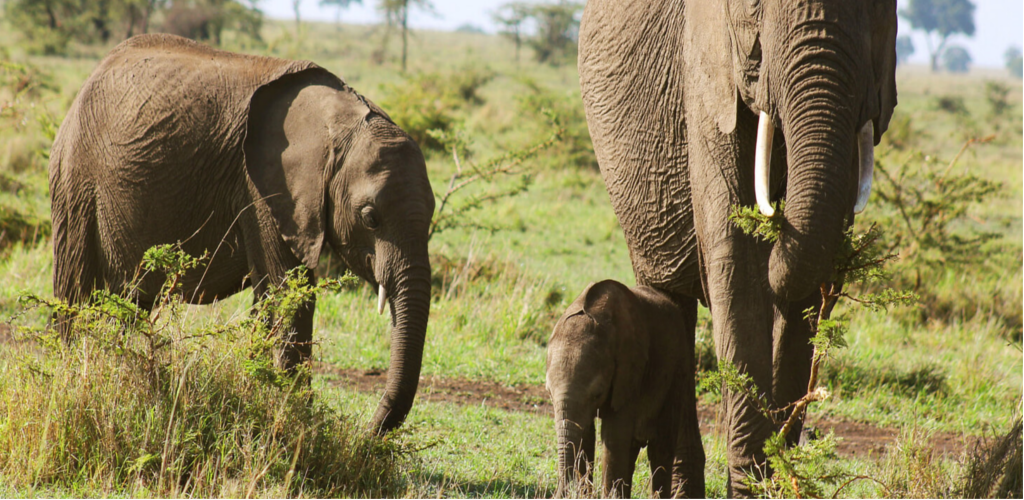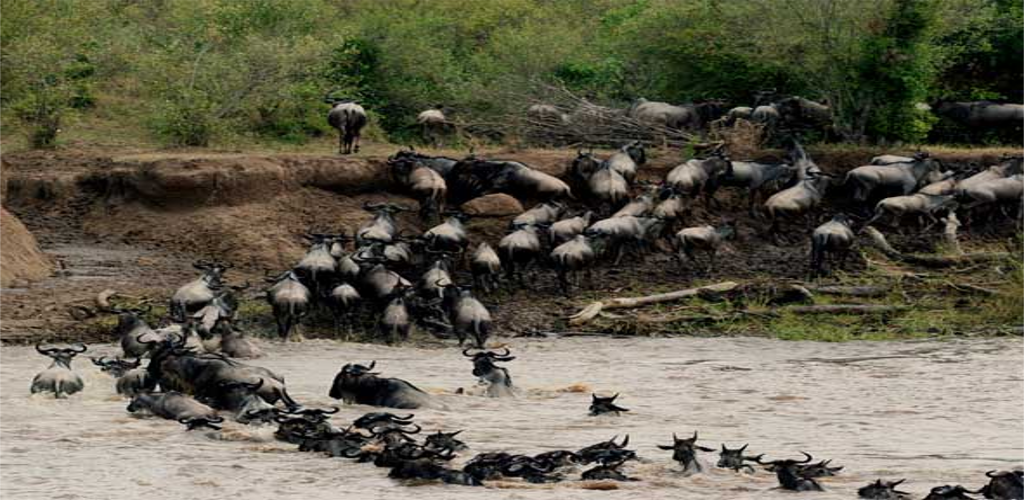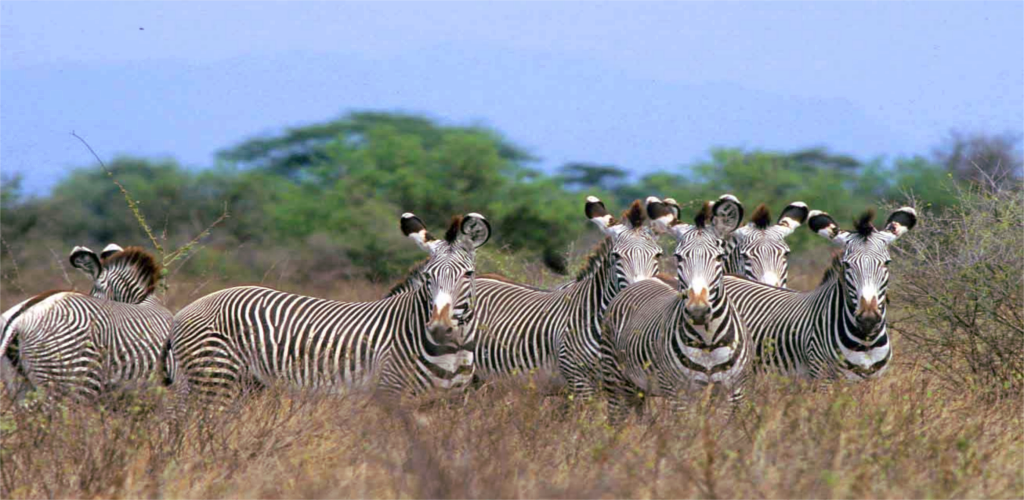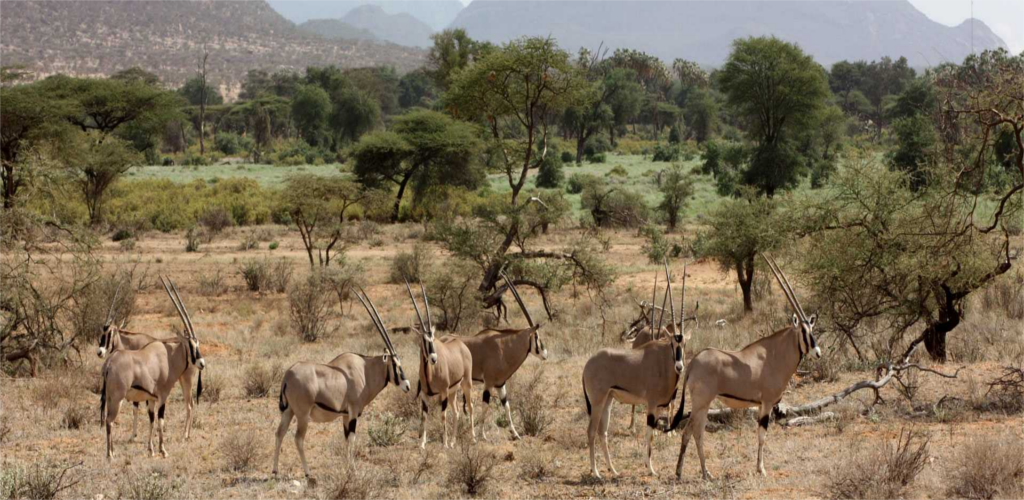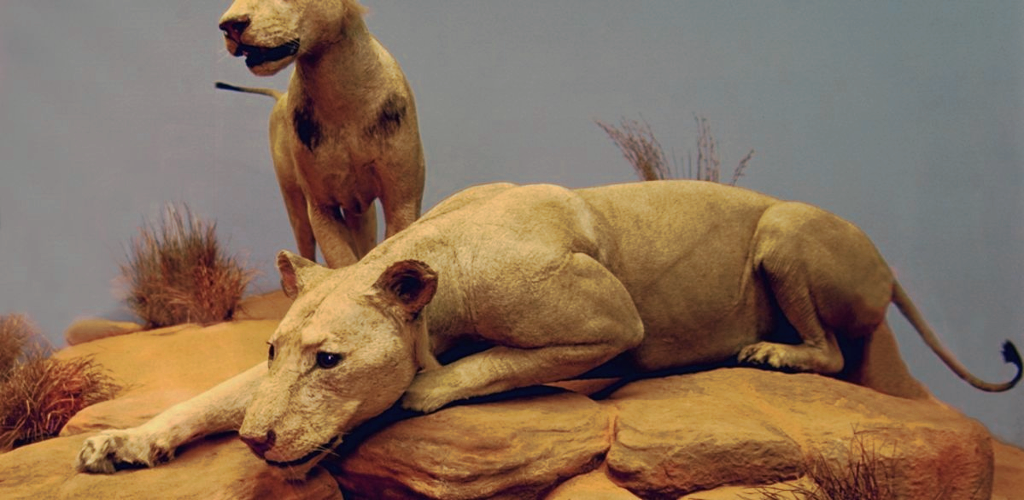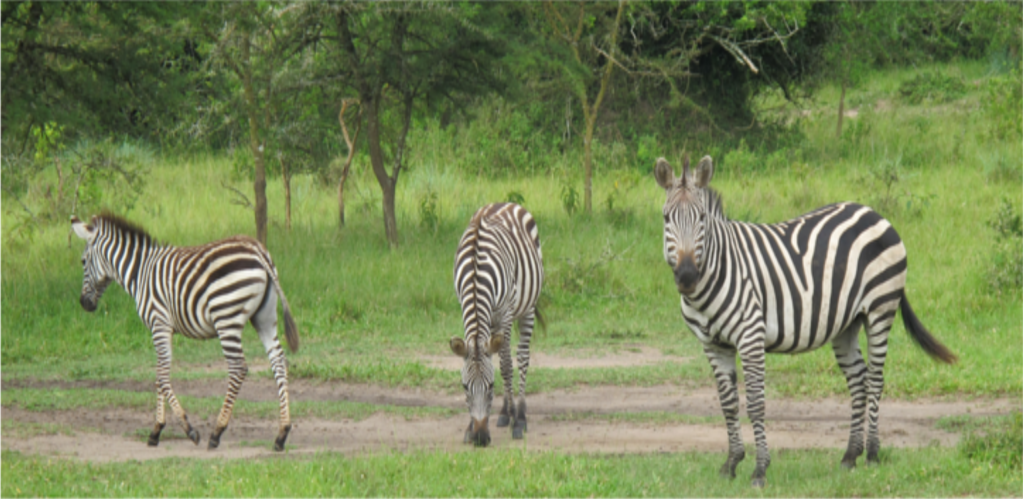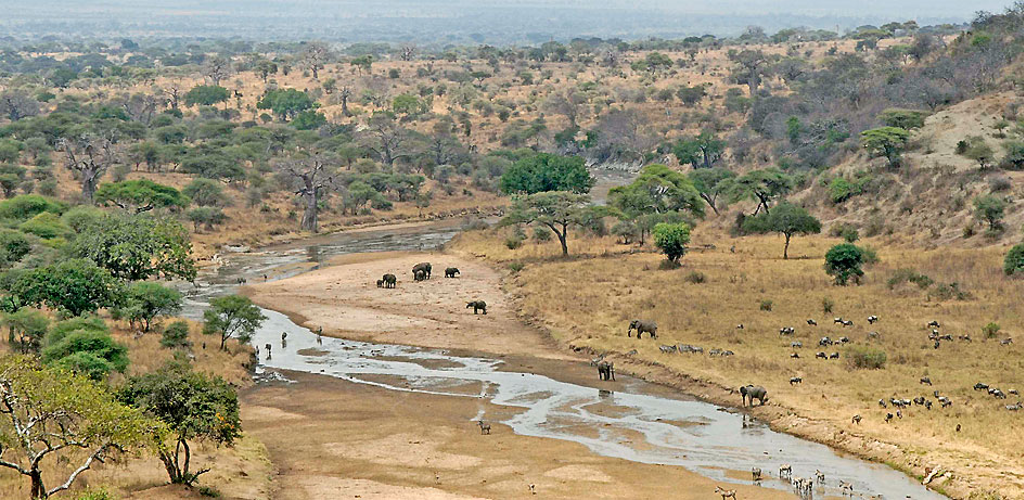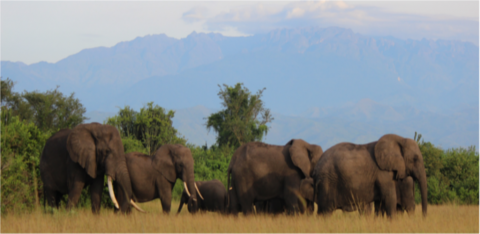
Visit Kenya - Destination Kenya
Kenya the traditional Safari country
About Kenya
Kenya has been home to the traditional safari for over a century now, and still remains one of the foremost destinations in the African continent. Kenya’s tourism industry strives for a balance between a developing country's economic requirements, and the conservation of natural and cultural resources. The result of this is a holiday destination that has a fantastic variety of activities available, for every budget, whilst maintaining the wild experiences that lie at the heart of Africa’s true nature.
The safari industry is mature, so despite a dent after the 2007 elections, this is a great choice for first timers or experienced safari goers alike! The main attractions are prolific game, warm welcoming people operating a selection of small and personalised camps and lodges ... amazing weather usually accompanies all safaris!
To get the most out of Kenya, it's best to combine two or more of the national parks and reserves for a true sense of the contrasting terrain and habitats. A popular option is to round off a safari with a break on the coast, the best combination for a family Safari or a honeymoon safari.
Overview of Kenya
Kenya is found on the East Coast of Africa, neighbouring Tanzania, Somalia, Sudan, Uganda and Ethiopia. The country has 54 major designated conservation areas, and tourism is one of the main sources of income (agriculture, specifically of tea and coffee, is the lead earner).
English is the official language, whilst Kiswahili is the considered the national language – and a spattering of various ethnic languages can be found regionally. The country is religiously broad (Christianity, Hinduism, Islam, Sikhism and traditional), a fact that the country’s cuisine only benefits from!
Kenya is a very significant in terms of prehistoric discoveries - several hundred Cretaceous theropod and giant crocodile fossils have been unearthed in recent years, dated to over 200 million years ago! In the same vein of importance, some key findings that lend clues to early human and primate ancestry have been unearthed within Kenya's boundaries...particularly in the area of Lake Turkana
Temperately, the country varies from alpine climates in the higher regions to the tropical temperatures typical of the Indian Ocean beaches. The weather is predictable and considered dry - over most of the country there are two mild rainy seasons annually: the ‘Short’ rains which occur from late October through November and the ‘Long’ rains which occur from late March to early June.
Generally speaking, in the Highlands the climate is cool particularly on the high peaks of Mt Kenya and other surprisingly high summits along the Rift Valley; at lower altitudes temperatures can reach approximately 35°C during the day; the coast is humid and balmy.If you visit during a rainy period you’ll find that the rain usually falls in the late afternoon preceded by bright, sunny and fresh days. July and August are the coolest months and are often overcast especially in the morning. December to mid March is the warmest time of the year.
Africa's East Coast is dominated by the monsoons - usually very predictable and resulting in nine months of spectacular sunshine from July through to April with wet overcast conditions during May, June and July.
The "Kaskazi" is the summer trade wind that blows from the north east from December to April and brings calm, clear water and good fishing. Average temperatures from 30-35° C
The "Kusi" blows from the south east from May to November. Great sailing, average temperatures 29-32°C.
The best time to visit the country depends on exactly what you're aiming to do there, as choosing a time period that slots in with appropriate weather patterns is obviously preferable. Similarly, several of Kenya's key attractions (such as the annual migrations...) are seasonal [advance booking essential!] and this can lead to some time limits on your travels. The main tourist seasons are between July and October, or January and March (avoiding the rain) and can get very busy...we tend to use smaller, individually run safari camps and lodges to avoid the crowds and offer a more exclusive experience. Travelling outside the main seasons has certain advantages too, apart from escaping the masses, the weather is still perfectly acceptable, and the clear, dust-free air lends a certain quality to any photographer's work!
To summarise - nights are cool (15-20°C) and days ranging between 25-30ºC. Kenya has a single time zone GMT +3hrs/
As testament to Kenya's leading role in African tourism, the very word "safari" comes from their Swahili word for "journey"...travellers have been commercially visiting the country since the late 1800s, initially for hunting safaris but as times and awareness have developed, the emphasis in conservation has increased and safaris have evolved to shooting photographs rather than animals. The country is now far more accessible to a wide range of different budgets and has something to offer everyone.
The Masai Mara is one of Kenya’s most visited national reserves, famous for its vast, open plains and the annual migration, which is typically present between August and October. The migration of over 1.5 million animals is an annual marvel of this natural wonder. Other favoured spots are Amboseli for elephants, Laikipia and the Northern Frontier District for wilderness and adventure and the Lamu Archipelago on the coast for beach holidays. Samburu and Tsavo tend to be popular, whilst other lesser known areas include Meru and Shaba. The scenery of the Great Rift Valley is world-renowned.
Kenya’s lakes each have their own distinctive highlights including the flamingos of Nakuru, steam jets at Bogoria and the fishing and water sports on Lake Victoria, the source of the Nile. If you're an adventurer then take a closer look at Lake Turkana.
Kenya's cultural appeal is as enormous as it is diverse - the regional differences allow for even the experienced Kenyan traveller to experience new peoples and traditions during any trip! According to locality, the nature of the indigenous people varies...from the pastoral farmers found in the north, traditional Swahili on the coast, to the well-known Maasai and mixed communities made of Arabic and worldly merchants found elsewhere. There are a total of 42 different ethnic groups in the country, and naturally the inevitable fusion of cultures lends to a unique blend of music and foods to experience and explore. Accessing Kenya is relatively simply; Nairobi is the primary international hub in and out of East Africa through Jomo Kenyatta International Airport. Wilson Airport is the main hub for regional and domestic scheduled and charter operations - the point from which most of our safaris start.
A fair volume of traffic usually separates these two airports during workdays so transfer planning is important in Nairobi.
Other key hubs are several strips serving the Maasai Mara plus Nanyuki in the Laikipia. Safari Link and Air Kenya provide regular schedule services linking the main destinations with Nairobi’s Wilson Airport.
Kenya Airways offers a daily service from Nairobi to Kilimanjaro in Tanzania, allowing safaris exploring both the Maasai Mara and the Serengeti to be easily connected.

